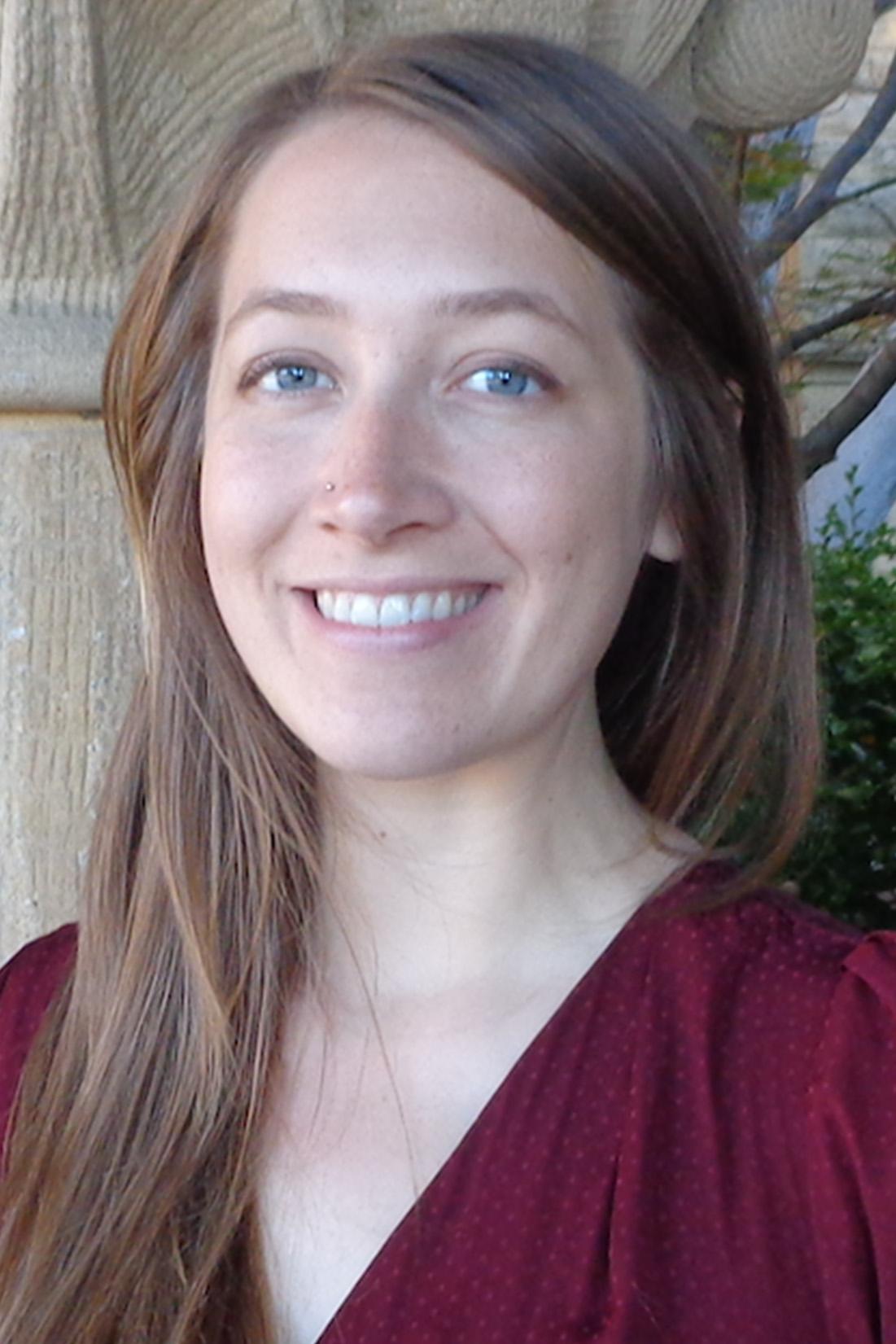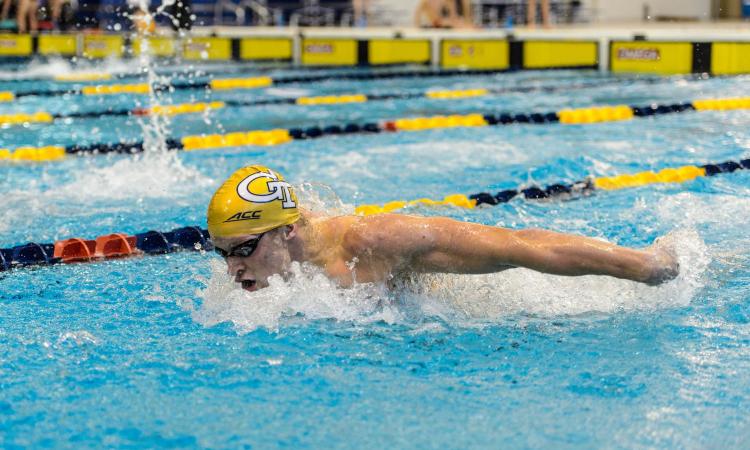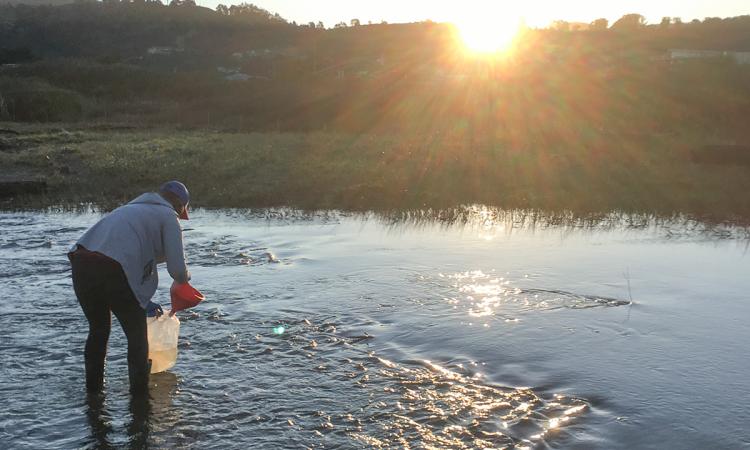Water engineer Katherine Graham says Paris’ river pollution is common for large cities with old infrastructure that combines sewer and stormwater pipes.
(text and background only visible when logged in)

Time is winding down on Olympic organizers’ plans to stage open-water swimming events in Paris’ iconic Seine River later this month. The city spent $1.5 billion on new infrastructure to clean up the Seine, yet water samples continue to show high levels of potentially toxic E. coli.
The river has been closed to swimmers for the past 100 years because of pollution, but Olympic organizers hope to stage the triathlon and marathon swimming events in the water flowing in the shadow of the Eiffel Tower.
Tests as recently as the first week of July were trending in the right direction, but a final decision hasn’t been made.
Katherine Graham has followed the saga in Paris. She’s an assistant professor in the Georgia Tech School of Civil and Environmental Engineering who studies the fate and transport of pathogens and their indicators in water, including E. coli. Her research focuses on what happens when pathogens get into water, where they go, and how it affects public policy decisions related to health. This includes looking at bacteria and conditions in Atlanta’s Chattahoochee River.
She said several factors are at play in the Seine.
“Paris, like most large cities, has a lot of concrete and not much dirt and grass for water to soak into,” Graham said. “Pollution builds up, and rainwater sweeps it into the sewer system. When the city gets too much rain, like it did in May, treatment centers can’t hold all the water and much of it flows into the river.”
Paris has a combined sewer system: The pipes that carry sewage away from homes and businesses are the same ones used for stormwater. Graham said this setup is common in many old cities.
That’s not an issue when the weather is nice. The system is large enough to effectively transport wastewater to treatment plants, where it’s cleaned. But during a downpour, sewage and stormwater overwhelm the system.
In Paris, the excess flows into the Seine.
The city’s fix for the overflow problem involved constructing a massive holding tank underneath the Seine to collect stormwater. At 13.2 million gallons, it can hold enough water to fill 20 Olympic swimming pools. The city also has upgraded its pipes and built river docks with sewage pits, which are connected to the 250 house and business boats on the Seine.
But the city still doesn’t have the official go-ahead for the Games.

“One issue is that measuring E. coli doesn’t tell you where it’s coming from, only that a health risk may be there,” Graham said. “There could be leaky infrastructure from old or existing pipes. There might be problems upstream, away from where the city has focused its efforts. Spillage can happen in different places and in several ways.”
Paris is banking on warm, dry weather to keep the river clean and be ready in time. If not, the triathlon would drop the swim portion of the race and become a bike-run duathlon. The marathon swimming events would move to a lake west of downtown.
As for our own Olympic city, Atlanta has, for the most part, a separate sanitary sewer system. One set of pipes carries sewage while others transport stormwater.
Graham said Atlanta has many nature-based solutions to help keep tributaries and streams clean. For example, some stormwater finds its way to biofilters or bioswales, which act as a natural cleaner and keep pollutants out of local creeks. She also said the Chattahoochee Riverkeeper identifies sewage infrastructure issues to protect and preserve the waterway through extensive testing and enforcement programs.
In addition to her own research with the Chattahoochee River, Graham investigates how different types of viruses, including the one that causes Covid-19, exist in water sources. Another current project investigates how extreme heat waves affect drinking water distribution systems.
“I grew up in Cincinnati, a mile north of the Ohio River, one of the nation’s most impaired waterways. I remember playing in streams as a kid, so this research field is fitting,” Graham said. “Polluted rivers in big cities aren’t uncommon. That’s why it’s imperative that we find ways to regularly test and mitigate unhealthy conditions.”
(text and background only visible when logged in)
Related Content

The Secrets of a Super-Fast Olympic Pool
Georgia Tech’s campus pool, which hosted Olympic swimming in 1996, is still one of world's fastest venues because of how it was engineered.

Katherine Graham’s WatCH Lab
Graham’s lab uses microbiology, molecular biology, and modeling approaches to understand the fate and transport of pathogens in natural and engineered systems.

The Fast Track in France
Materials engineer Jud Ready and track and field head coach Grover Hinsdale explain how the Olympic track is built for speed.

The Rising Cost of Aging Infrastructure
The American Society of Civil Engineers estimates that a water main break occurs every two minutes in the U.S and most of the country’s 2.2 million miles of pipes are near the end of their lifespan. In the latest edition of Generating Buzz, Professor Susan Burns talks about the funding and challenges in planning future projects.